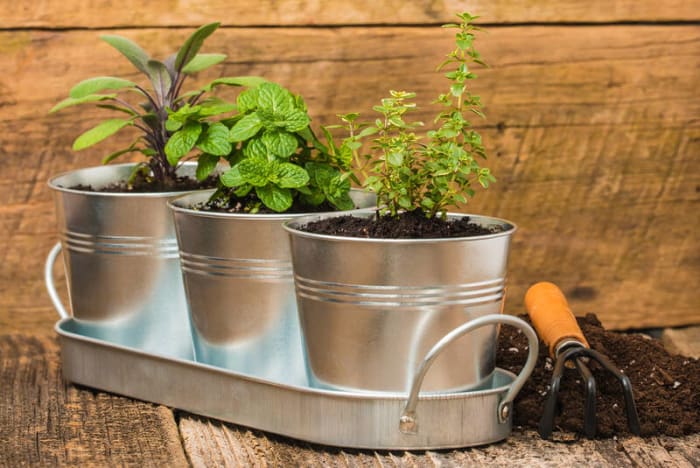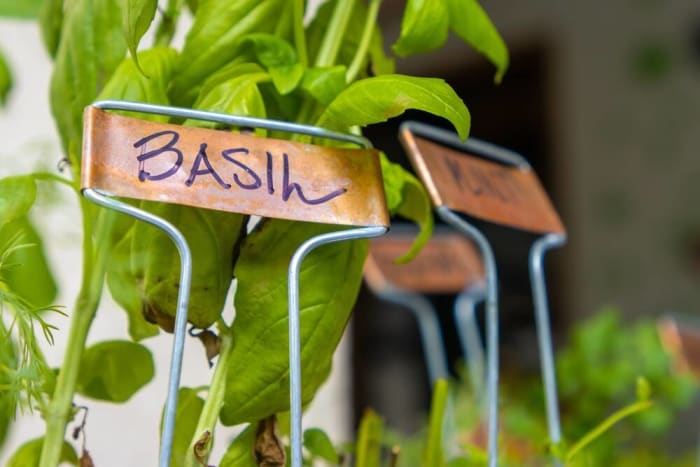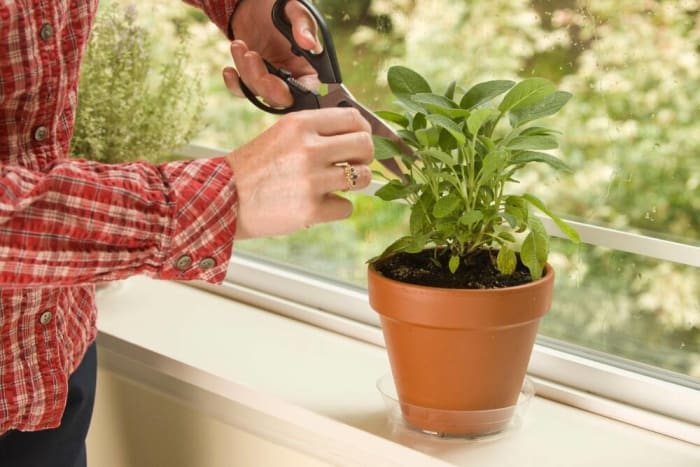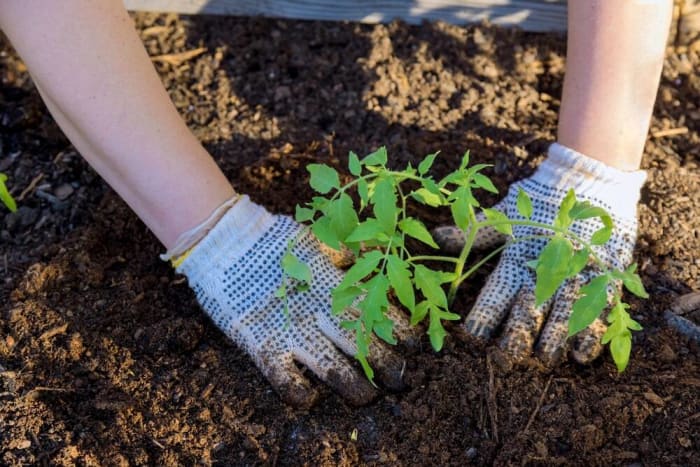x
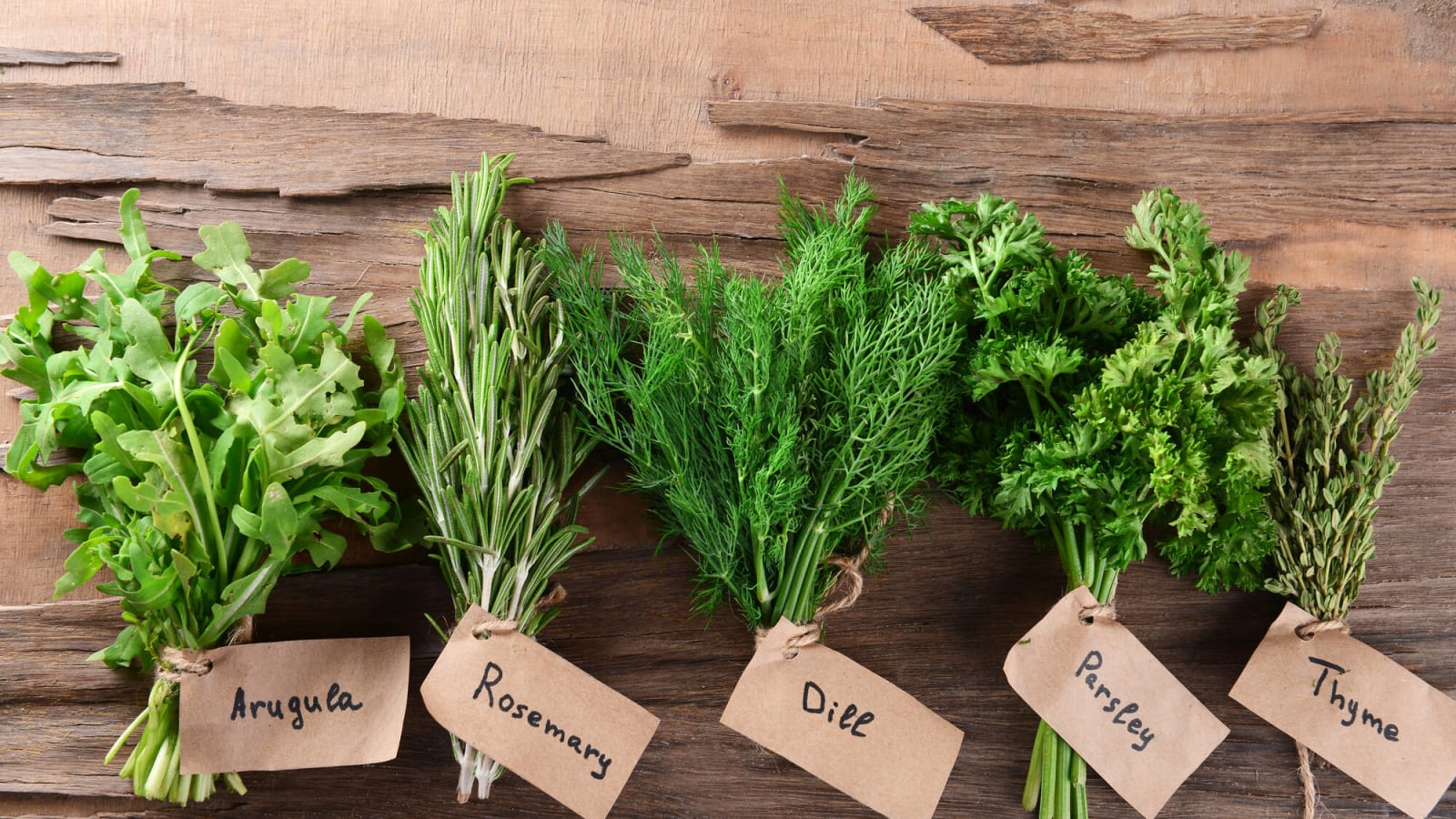
Shutterstock
20 tips for growing a thriving herb garden
Whether it's because you're tired of paying top dollar for those tiny plastic clamshells of herbs at the grocery store or simply looking to grow more of your own food, an at-home herb garden is a great way to dip your toe into the gardening world.
Flip through the slideshow for 20 tips for a thriving herb garden, from when to plant and how to prune to preserving your harvest for the colder months.
More must-reads:
- Winners and losers from Day 2 of the 2024 NFL Draft
- Juwan Howard returning to NBA as Eastern Conference assistant
- The '100 catches in an NFL season' quiz
Breaking News
Customize Your Newsletter
 +
+
Get the latest news and rumors, customized to your favorite sports and teams. Emailed daily. Always free!
This site is protected by reCAPTCHA and the Google Privacy Policy and Terms of Service apply.
